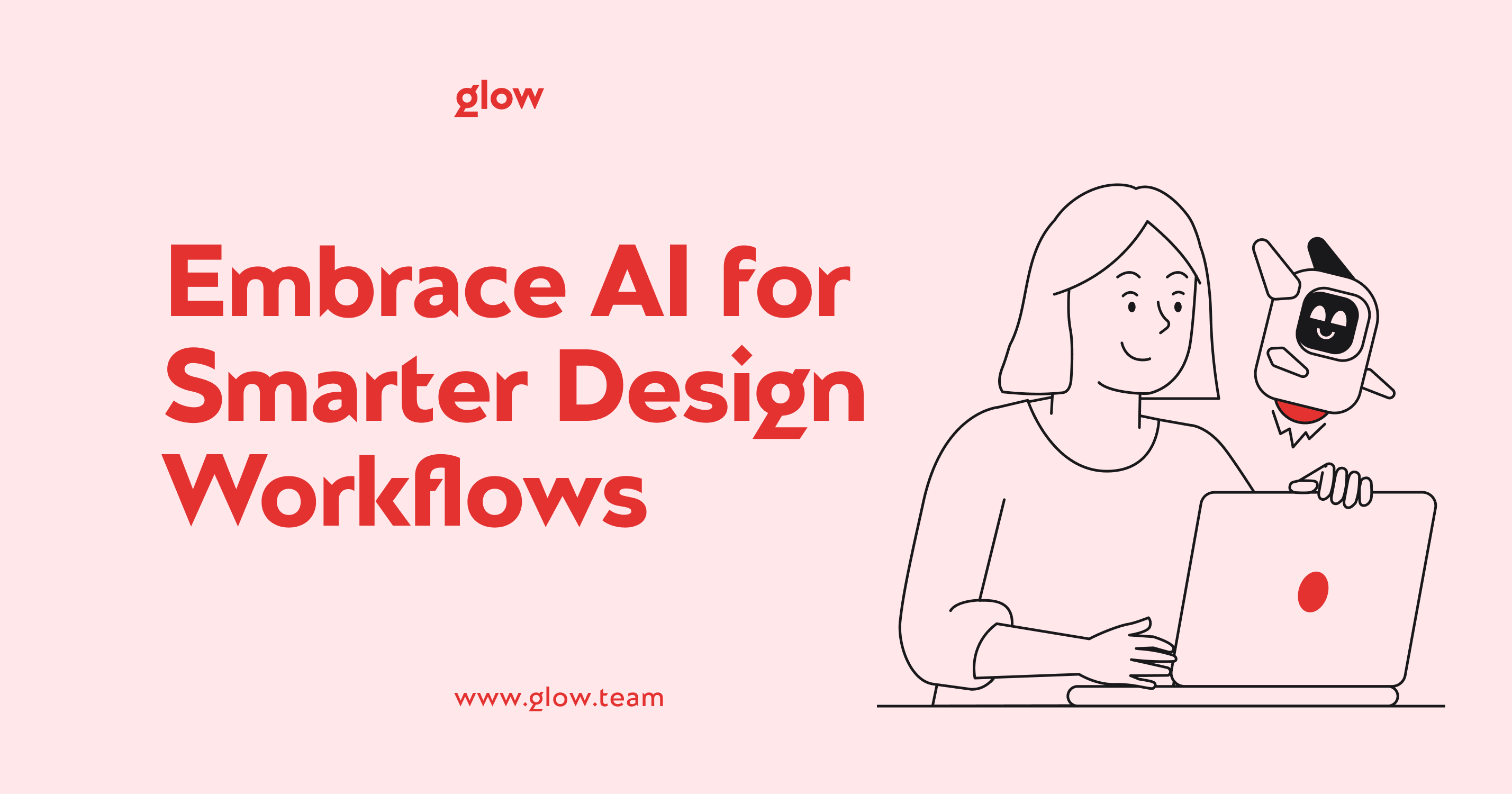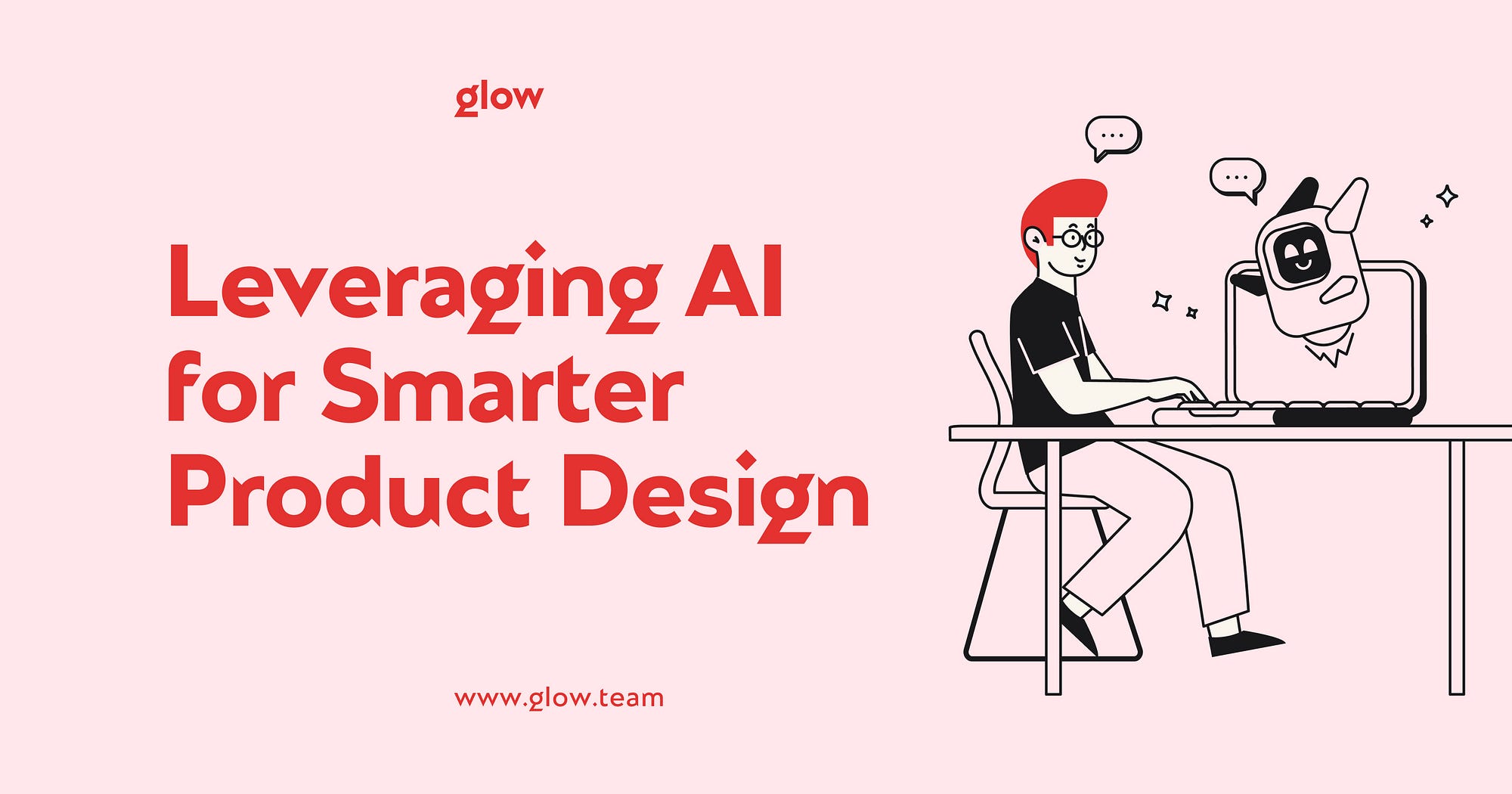Imagine this: You're a designer swamped with work. Deadlines are looming. Clients are demanding more. Your creativity is running out. Sound familiar? Glow is a design agency, and we faced this at the beginning of our journey, too. But now you may find it easier because artificial intelligence has arrived!
AI has changed design, and it's not just hype. AI is changing the way we think about creativity. It's like having a super smart assistant at your fingertips. One that never sleeps, never complains, and always gets the job done. But here's the catch: AI isn't here to steal your work. It's here to make it better. This process is called automation graphic design.
Imagine reducing the hours of your workflow. Imagine generating ideas faster than ever before. Think about how easy it is to tackle complex projects. It is the power of artificial intelligence in design. It's not about replacing human creativity but enhancing it. Are you ready to step into the future of design?
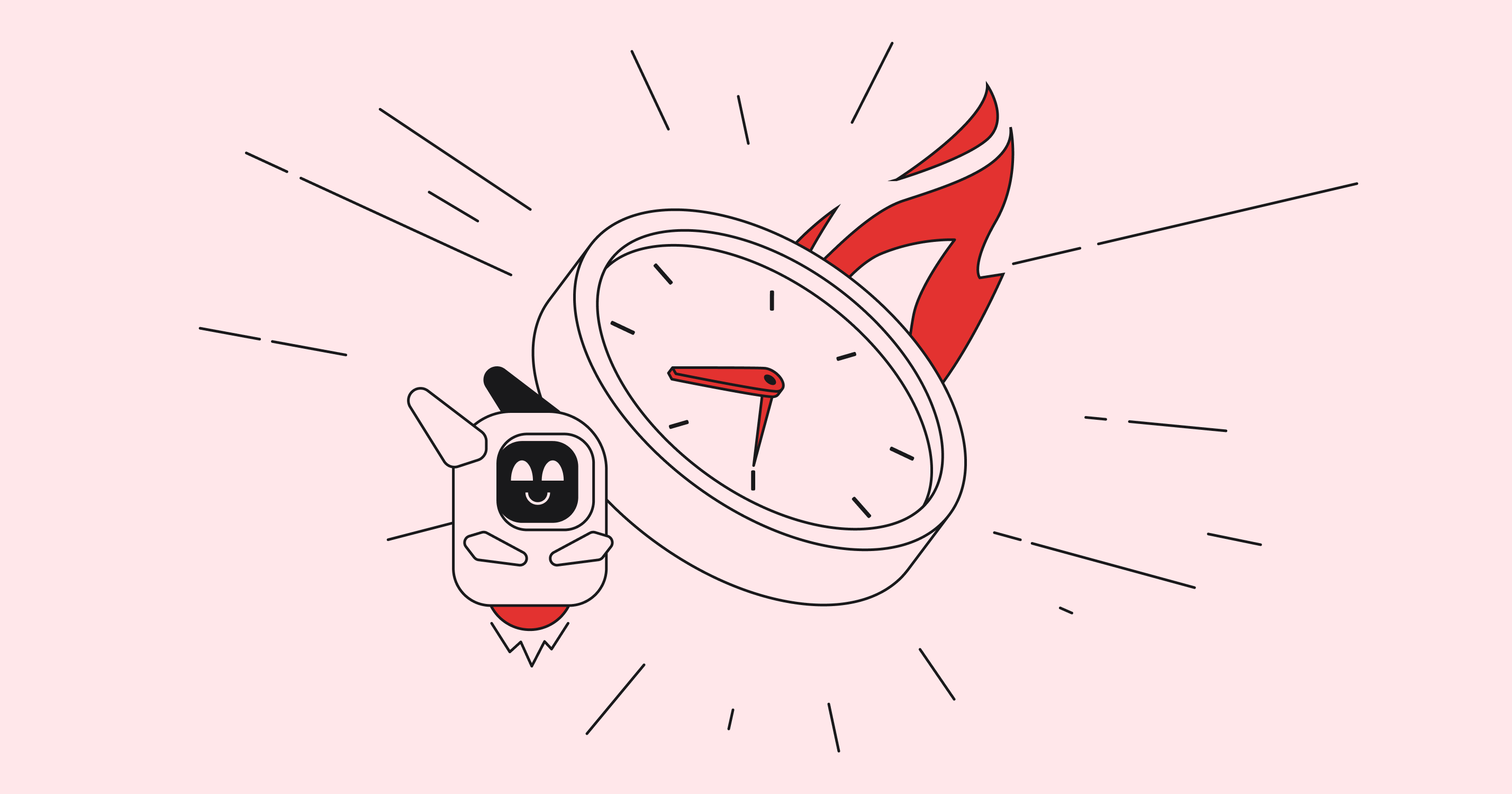
Introduction
Artificial intelligence-based design automation is revolutionizing design workflows. It's a system that uses AI to optimize tasks. For human designers, these tasks are often repetitive or time-consuming. AI handles them quickly and efficiently.
This automation is essential in today's fast-paced design world. It saves time by reducing hours of work to minutes. It improves accuracy by eliminating human error in routine tasks. AI can generate multiple design options in a matter of seconds. Convenient, isn't it? This way, designers can focus on creativity and strategy.
The importance of product design automation cannot be overemphasized. It allows designers to take on more projects and helps them easily meet tight deadlines. AI can learn from past projects and suggest improvements. Therefore, by implementing AI, designers can work smarter instead of harder. It leads to better results and happier clients.
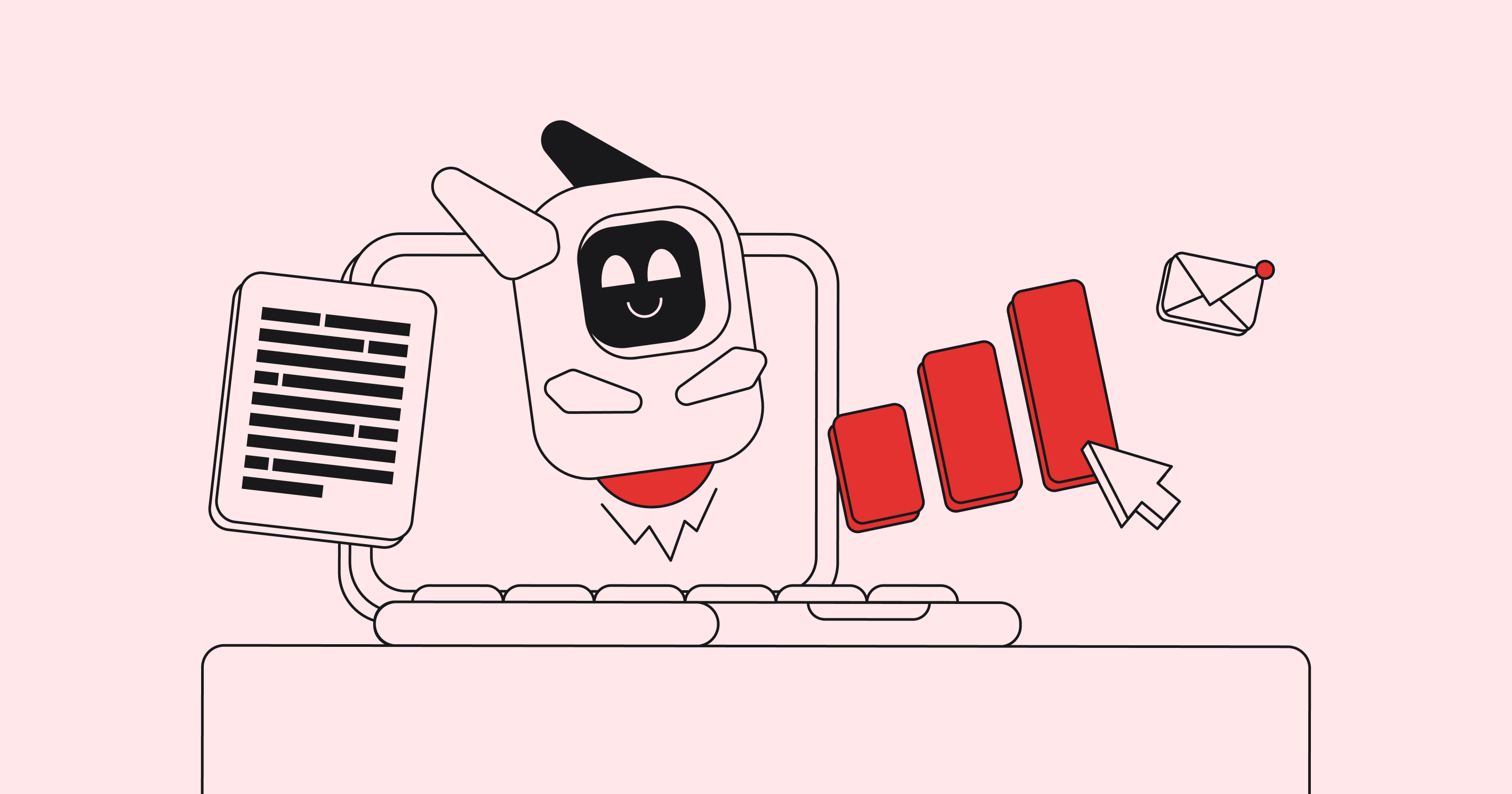
Evolution of Design Automation
The question of what design automation is appeared quite a long time ago. Over the years, design automation has come a long way. It all started with simple tools to speed up repetitive tasks. The first programs helped designers create basic shapes and layouts faster.
As technology evolved, so did design automation. Programs became increasingly sophisticated, offering complex features. They could handle typography, color management, and image editing. It allowed designers to focus on the creative aspects.
The digital age has brought a new era of design tools. Cloud-based software made it possible to work from a distance. Mobile apps have made it possible to design on the go. Templates and ready-made assets have further accelerated the workflow.
Now, we are entering the era of design automation with artificial intelligence. AI can generate ideas, customize layouts, and predict trends. It can personalize designs based on user data. Machine learning has improved these tools over time.
The future of process automation design promises even more exciting developments. And as technology evolves, the way we automate design processes will also change.
Historical Perspective and Emergence of AI-Driven Tools
Now, let's go back a bit to when the question of what design automation was first came up. Design automation goes back to the early days of computing. In the 1960s, basic software appeared to facilitate technical drawing. In the 1980s, desktop publishing tools appeared. These allowed digital layouts and manipulation of typography.
In the 1990s and 2000s, design software became more advanced. Programs such as Photoshop and Illustrator revolutionized digital design. They offered powerful tools for editing images and vector graphics.
In the 2010s, tools driven by artificial intelligence began to emerge. At first, they offered simple automatic actions, such as resizing an image. As AI technology improved, so did its design applications. But in 2024, AI can generate logos, suggest color palettes, and more.
The latest AI tools use machine learning to provide more intelligent assistance. They can analyze trends and adapt to designers' individual preferences. It marks a new era in the history of design automation. Whether the graphic design will be automated no longer arises because this era is already here!
Advantages over Traditional Methods
AI-based design automation has many advantages over traditional methods. It significantly speeds up the design process. Tasks that used to take hours can now be completed in minutes.
AI tools reduce human error when performing repetitive tasks. They easily maintain consistency across large projects. That is, they can offer a unified project style. It leads to better quality products in less time.
These tools can generate multiple design options quickly. It gives designers more options to work with. They also stimulate creativity by offering unexpected ideas.
Automation graphic design solves tedious tasks like resizing and formatting. It allows designers to focus on creative problem-solving. It allows more time for strategic thinking and customer interaction.
Data analysis is another strength of AI tools. They can process user feedback and behavior patterns. It helps create designs that are more likely to resonate with audiences.

AI-Powered Design Tools
AI-powered design tools are revolutionizing the creative world. Here is an overview of some of the tools that will help you in product design automation:
Adobe Sensei:
- The wizard behind Adobe's magic tricks.
- Turns hours of image editing into mere minutes.
- Read your mind to suggest perfect fonts and layouts.
Canva:
- The democratizer of design, making everyone a potential artist.
- Like having a personal design assistant at your fingertips.
- Transforms your ideas into polished visuals across platforms.
Dall-E 2:
- The digital Picasso, painting with words instead of brushes.
- Turn your wildest imagination into tangible images.
- Reshapes existing art with a few descriptive phrases.
Midjourney:
- The AI artist that never sleeps or gets creative block.
- Churns out concept art faster than you can say "deadline".
- A mood board generator on steroids.
When used, design automation tools speed up the design process:
- They are like creativity stimulators, instantly generating fresh ideas.
- They act as tireless helpers, handling tedious tasks without complaint.
- Ensure brand consistency like the hawk's eye of a style guardian.
- Offer endless design possibilities, limited only by imagination.
The actual results are impressive. Designers report that project turnaround times have been cut in half. They are discovering more creative possibilities than ever before. The result? Happier clients and more innovative projects.
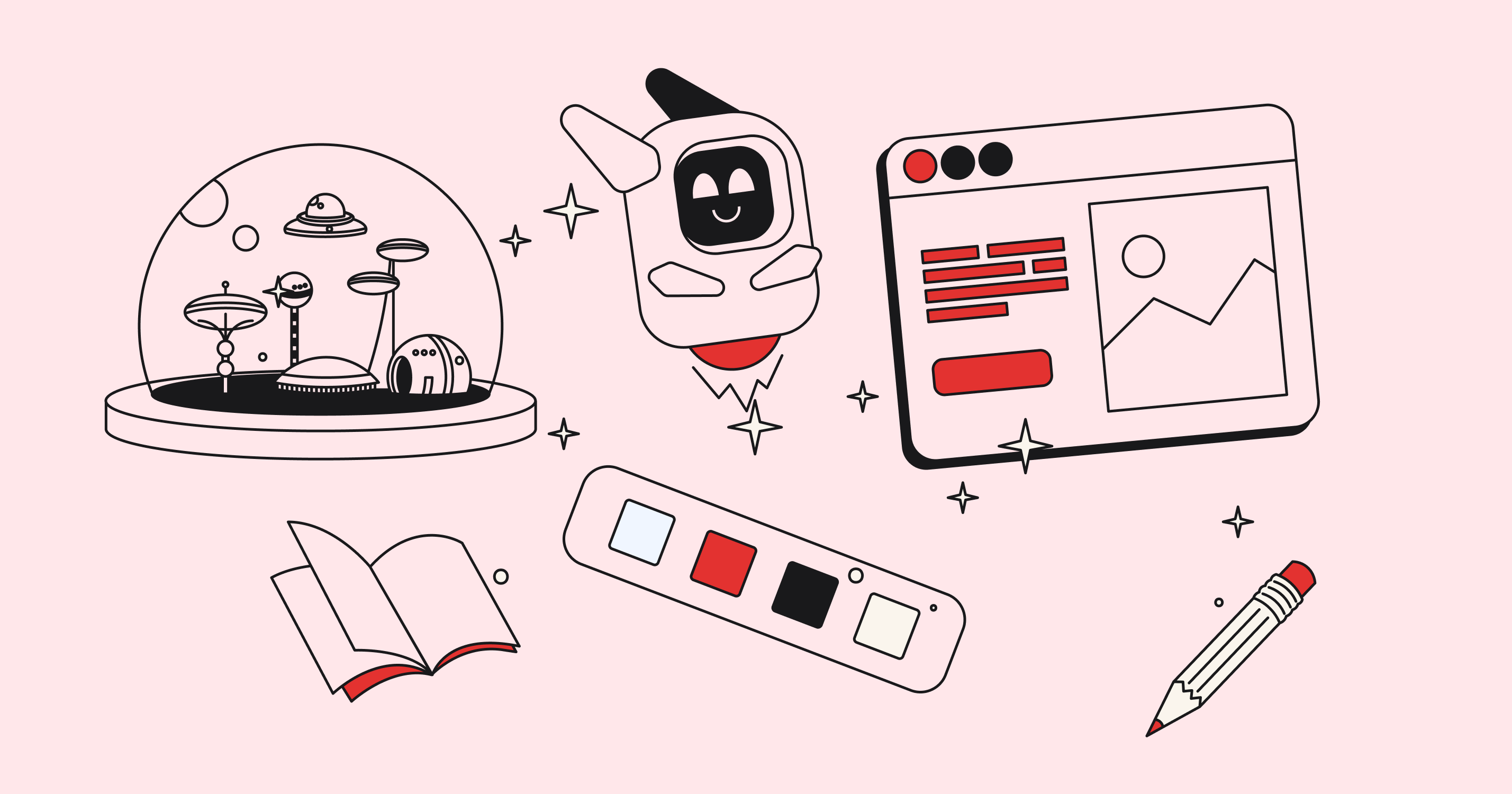
Key Applications
AI is revolutionizing various fields. But the field of design is revolutionizing. Let's take a look at the main areas of its application:
- Graphic design. AI tools are changing the way we create visual content. They can generate logos, layouts, and illustrations in seconds. These tools suggest color schemes based on current trends. They also automate tedious tasks like resizing and formatting images. It allows designers to focus on creative concepts.
- Product design. Product design automation streamlines the product development process. It can generate multiple design concepts quickly. These tools analyze user data to suggest ergonomic improvements. They can simulate product performance in different environments. It reduces the need for physical prototypes and saves time.
- Architectural design. AI is changing the way buildings are planned and visualized. It can generate floor plans based on specific requirements. Such process automation design optimizes space utilization and energy efficiency. They can also create realistic 3D renderings in minutes. It helps customers to better understand the final product.
- Fashion design. AI is gaining momentum in the fashion industry as well. It can predict upcoming trends based on social media data. These tools generate clothing patterns and pattern layouts. They can even model how fabrics will drape on different types of figures. It speeds up the design process and reduces material waste.
In all these areas, artificial intelligence enhances creativity, not replaces it. When someone asks if graphic design will be automated, feel free to mention the areas where this powerful tool can already be used to empower designers.
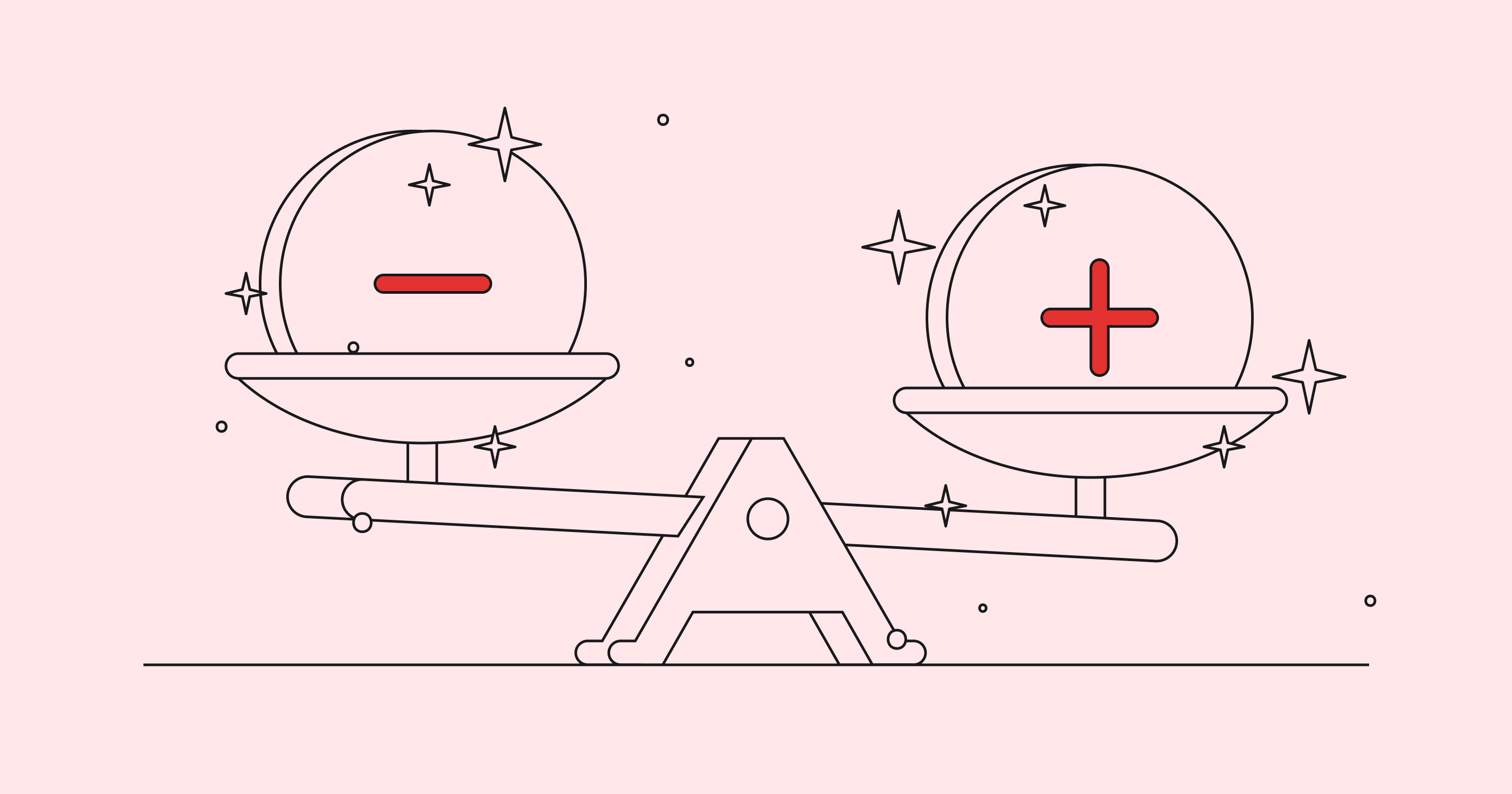
Benefits and Challenges
AI in design offers significant benefits, but also presents challenges:
Benefits:
- Efficiency: AI automates repetitive tasks, speeding up the design process.
- Creativity: It generates countless ideas, inspiring designers in new ways.
- Cost Reduction: Faster workflows and fewer errors lead to savings.
- Consistency: AI maintains brand standards across multiple projects effortlessly.
- Personalization: It can tailor designs based on user data and preferences.
Challenges:
- Data Privacy: AI requires data, raising concerns about user information security.
- Integration: Implementing AI into existing workflows can be complex and costly.
- Ethics: AI-generated designs raise questions about originality and copyright.
- Job Concerns: Some fear AI might replace human designers in certain tasks.
- Learning Curve: Mastering AI tools requires time and training.
- Overreliance: Depending too much on AI could limit human creativity.
Balancing these factors is crucial for successful AI adoption in design. The key lies in using AI as a tool to enhance human creativity, not replace it. Designers must navigate these challenges to harness AI's full potential.
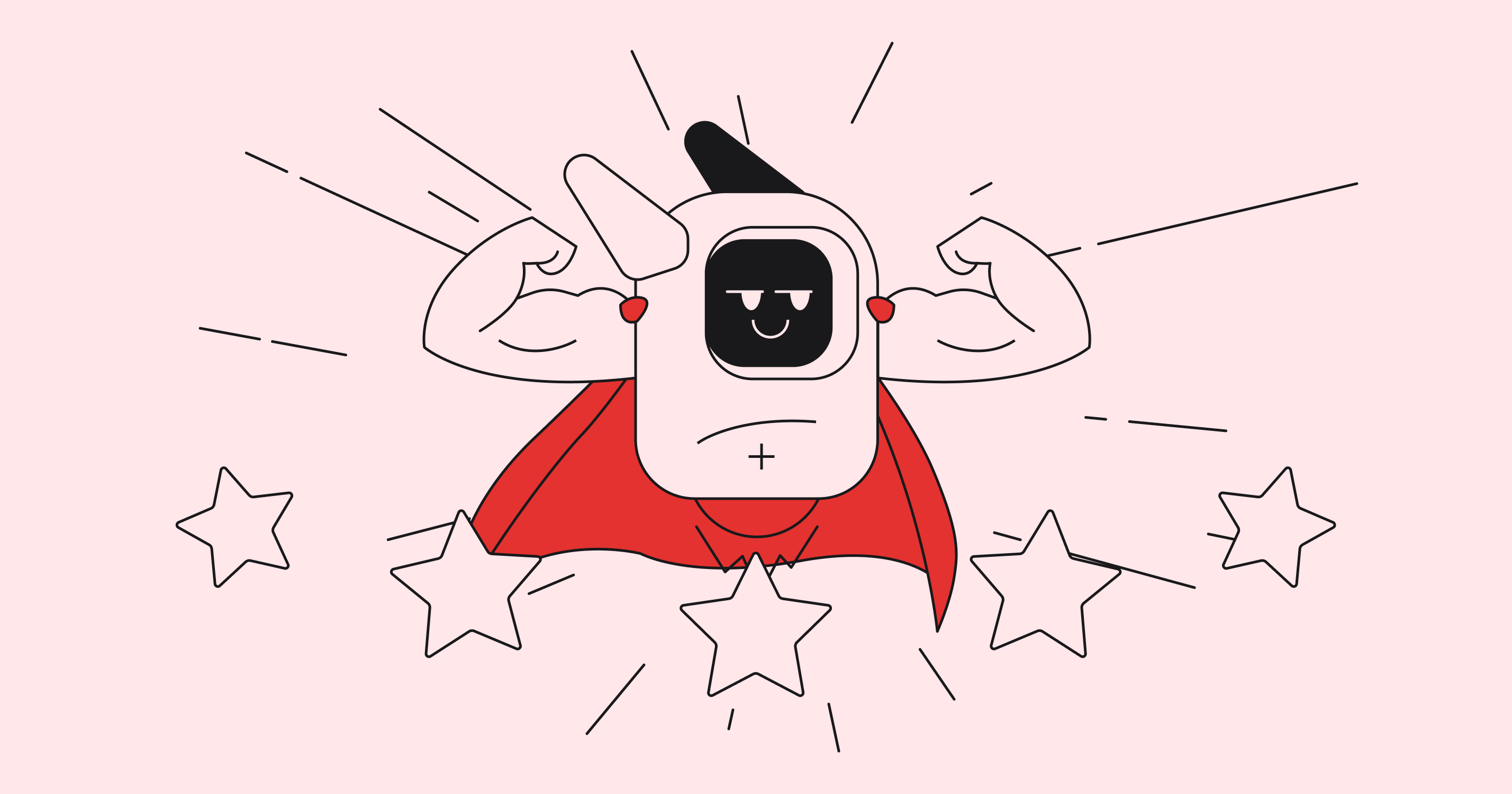
Future Trends
AI in design is rapidly evolving. Soon, we will see more personalized creations. AI will tailor design to individual tastes and needs.
Virtual and augmented reality will combine with AI tools. This will enable immersive designs and real-time editing. Work with automation graphic design will become more intuitive and user-friendly. Designers will interact with it using natural language.
Sustainable design will benefit from the predictive capabilities of AI. It will help reduce waste and optimize resource use. Collaborative AI tools will improve teamwork in design projects. They will seamlessly combine human creativity and AI assistance.
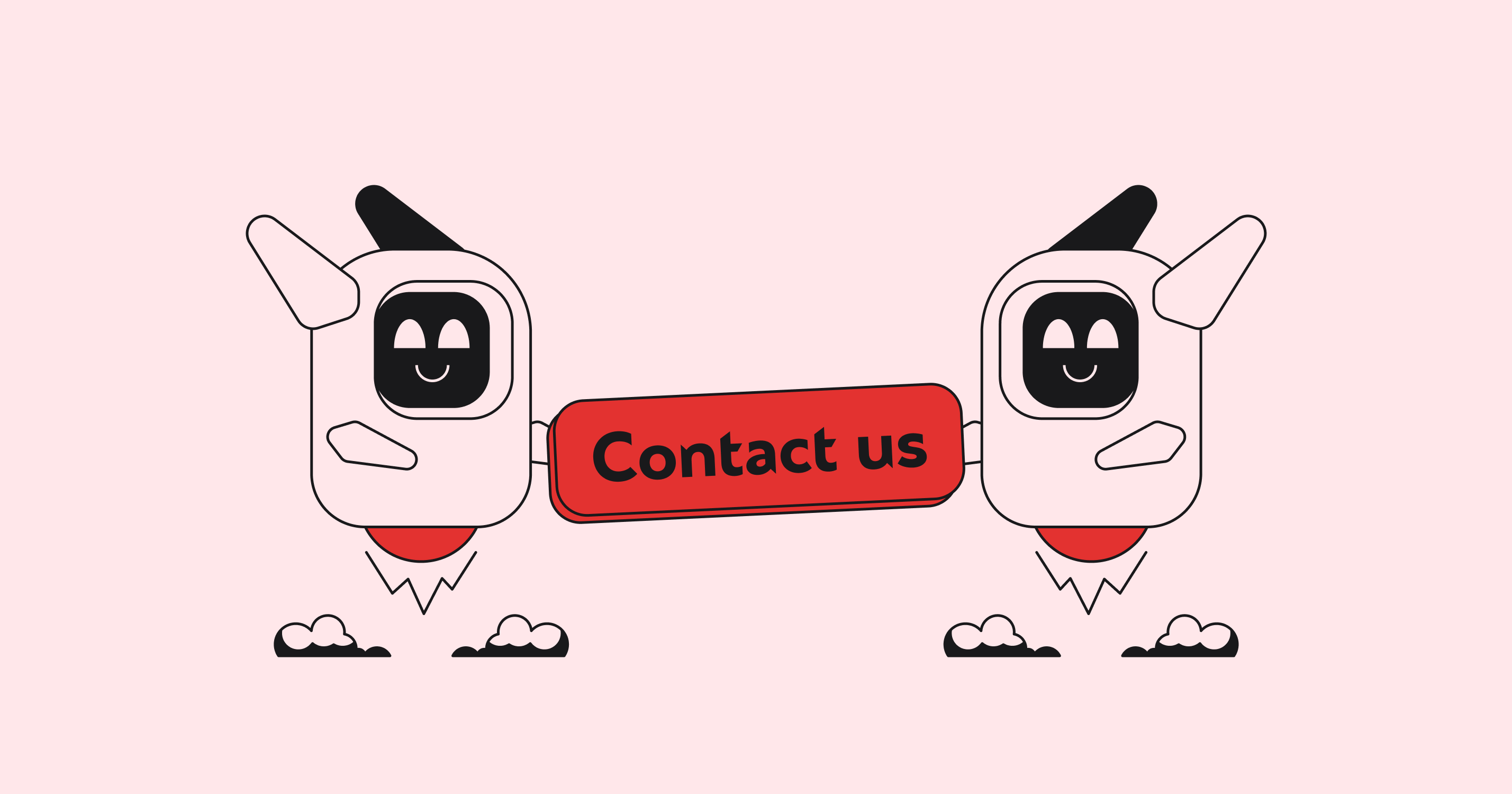
Conclusion
AI is changing the world of design, offering new possibilities and efficiencies. It is not about replacing human creativity but improving it. Designers who embrace AI will gain a competitive advantage.
The future of design is a partnership between human ingenuity and AI capabilities. This collaboration will lead to more innovative, efficient, and personalized design solutions. But AI is not a panacea. If you want a really good result, contact a qualified design agency like Glow.

